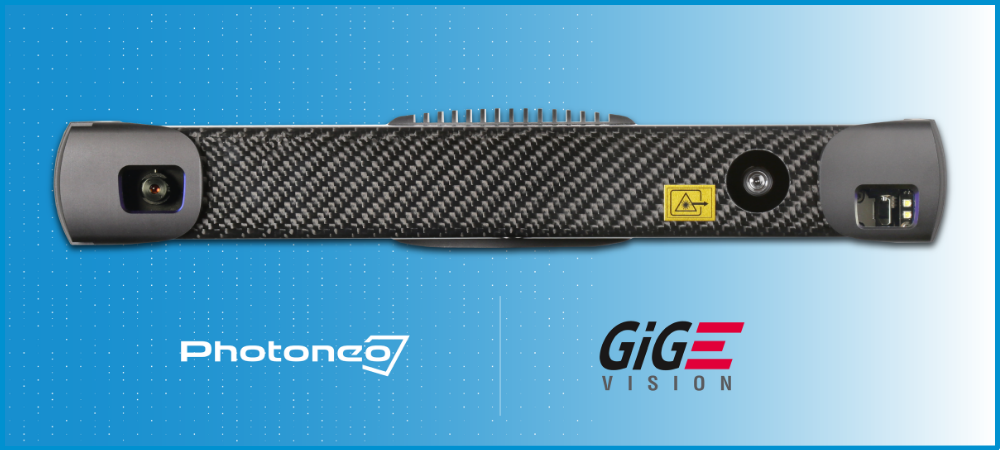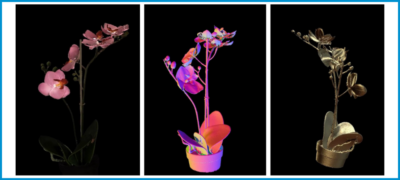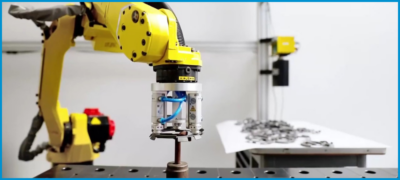
GigE Vision for 3D cameras
With the newest firmware update, all Photoneo 3D cameras running on firmware 1.10 are fully compatible with GigE Vision 2.1. This means that it is not necessary to install any driver software on the customer’s computer to operate the device from GigE compatible software. This new feature extends the integrability options for Photoneo 3D Sensors:
- C++ / C# API for programmers and custom application development
- GenICam (GenTL) and GigE Vision for direct connections to 3rd-party applications
Let’s have a look at GigE Vision in more detail, what benefits it provides, and how you can use it.
What is GigE Vision?
GigE Vision® is a global communication protocol standard for device control and data transfer between industrial 2D and 3D imaging over Ethernet networks, including GigE, 10 GigE, and 802.11 wireless networks.
GigE Vision is based on the standard Ethernet protocol, which makes it easy to integrate with existing network infrastructure. It supports high-speed image transfer with low latency, making it suitable for a wide range of applications in machine vision, robotics, and automation.
GigE Vision standard has become a popular standard in the machine vision industry due to its ease of use, flexibility, and high-performance capabilities. It provides fast data transfer rates – up to 1,000Mbit/s (based on 1000BASE-T) – and data transfer length up to 100 m (some producers claim even 150 m).
GigE Vision consists of four main elements:
- GigE device discovery mechanism allows users to obtain IP addresses of devices connected to the network
- GigE Vision control protocol runs on the UDP protocol and defines how to control and configure devices, change scanning parameters and output data. It specifies stream channels and the mechanisms of data transfer between cameras and computers.
- GigE Vision stream protocol defines data types and the ways images can be transferred via GigE from the device to the computer
- An extensible mark-up language (XML) description file is based on the GenICam™ standard and provides a list of available options for camera controls and image stream properties.
What are the benefits of GigE Vision?
The GigE Vision standard provides a number of benefits, mainly the reduction of costs and complexity of the integration of imaging devices from multiple manufacturers and their interoperability with image processing software. This is enabled through the following features:
- It enables smooth interoperation of Ethernet-based imaging products from different vendors
- It enables users to leverage native performance attributes of the Ethernet platform, such as high throughput, flexibility, scalability, and others. It facilitates the implementation of applications on widely available Ethernet network elements, such as network interface chips/cards, CAT5/6 and fiber cabling, or switches.
- It provides a standardized environment for the delivery of new-generation, networked video applications based on switched Ethernet architectures
How to use GigE Vision with Photoneo 3D cameras?
Photoneo introduces support for the GigE Vision protocol on the whole line of PhoXi 3D Scanners and MotionCam-3D cameras by means of a firmware update to the version 1.10. The new version 1.10 will be available from 1 June 2023.
Photoneo continues in its effort to bring great value to its customers also for their existing devices. Therefore, the firmware 1.10 will be available also for older devices through the firmware updater utility.
To make a previously purchased 3D camera support the GigE Vision standard, follow the firmware updater instructions. Newly purchased units will automatically come with this latest firmware version.
Useful links:



